When I look at VR these days, I remember a specific beach shoot in my early days as a photographer.
“How much farther to the beach?” I once asked as I plodded on slowly sweating my brains out with our model, makeup artist, stylist and assistant in-tow.
I still remember this particular shoot for its painfully long walk from the parking lot to the beachhead where we were shooting. I was a young photographer back in 2010. I had been shooting fashion photography for less than a year. More importantly however, I was a proud strobist.
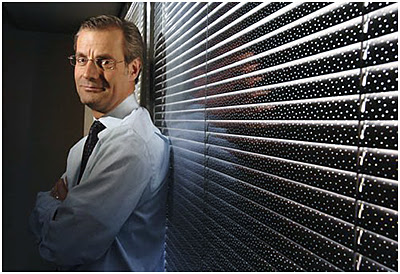
Source Strobist 101
“Strobist” was a term coined by journalist-photographer David Hobby who created the website www.strobist.com. Based upon his experiences as newspaper photographer in the field, he taught photographers such as myself how to use strobes (usually small portable units) to light people and objects. The objective was always to create the most compelling image using minimal/portable gear with consideration for the ambient lighting conditions and the location setting (background).
I studied Strobist 101 and 102 religiously but by 2010, I had graduated to playing with larger strobes which meant lugging a centurion stand (C-stand), a lead-acid battery (we didn’t have lithium-ion back in 2010), power cable, reflector, wireless transmitter/receiver on top of my camera bag all to this particular beach shoot. And as luck would have it, the closest parking to the beachhead was almost a mile away (1.6km). Needless to say, with all that gear I was not walking very fast. Mind you this was Newport Beach. There were hills. And it was summer so it was hot.
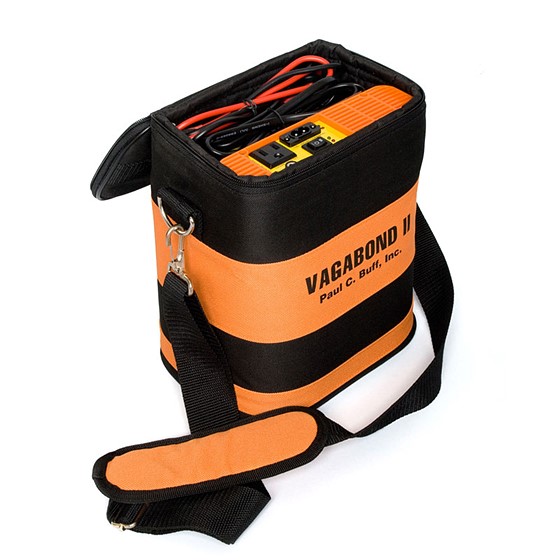
The 18.6lbs. Paul C. Buff, Inc. Vagabond™ II
We finally drag ourselves to the beachhead and there’s already a million people (summer weekend). It was mid-afternoon and the sun was still high in the sky creating harsh shadows everywhere. But my lighting strategy was to relight the scene anyway by “out-powering” the sun (with my larger strobe) to make the ambient light dimmer so I could create my own lighting patterns. Basically the sun would be my backlight and my strobe would serve as my main light. The results from the shoot was average. Not great. Not terrible. Just kind of meh. The whole experience was less than fantastic too. I (thought I) had everything under control… well, except the crowd, the parking situation, the heat, the burden of the extra gear, the tired team… yup I had everything under control.
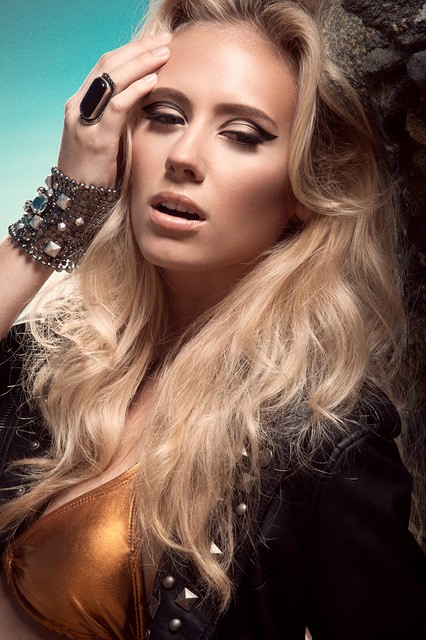
Meh. I mean can you even tell this is a beach?
Fast forward six years I was at a desert somewhere near the border of California and Mexico. These were the closest thing to slot canyons that we had in California. Only this time I brought only a model and (a necessary) guide to help find the exact location since I’d never been there before. And what about lighting? Nothing. Not even a reflector. Just a small camera bag. Gone were the strobe(s), lead-acid battery, wireless transmitter/receiver, and AC cable. The hike was arduous. We had to boulder just to get to the floor of the slot canyons. The heat was sweltering. 114ºF if I remember correctly and I recall thinking to myself “If this car dies out here we might just die out here too”. This was not a photoshoot for the faint of heart. Fortunately, I had brought a younger model capable and happy to climb over rocks and literally get dirty. An older, more seasoned model might have bathed me in an ocean of model complaints ranging from “It’s hot” to “I want ice cream”. Nevertheless, with less equipment and less crew this time, the walk to the shoot location was brisk and less tiring. Once we got there, I looked around and decided to use the slot canyons to create soft diffuse sky-lighting (main light) while using a little bit of the direct sunlight from behind to create a highlight effect (backlight). It wasn’t just a good shoot. It was a great experience.
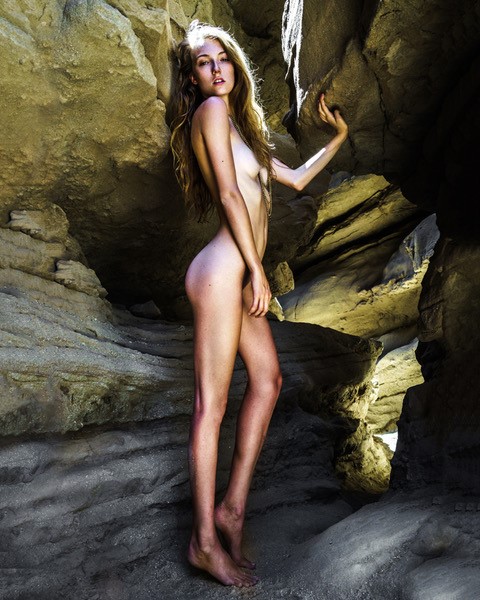
Maybe my skills improved a little too…
So what’s my point?
Why recall two photoshoots from my past about walking in the heat?
As you’ll remember, when I went to the beach in 2010 I brought a lot of lighting gear and when I went to the slot canyons several years later I brought virtually nothing other than the model and a camera. The obvious difference was my selection of equipment. The bigger issue is, why? Why did I choose to bring all that stuff with me on a location shoot in 2010 only to leave it all behind in 2016?
What I failed to mention was that between 2010 and basically 2013 I stopped using strobes altogether. I got out of the studio more. I shot more ambient light. And I realized that I did not *need* the strobes. In fact I actually learned that I was destroying the opportunity created by good ole’ natural light by bringing in an artificial light source; and one that required a strobe, C-stand, power pack, cables, and syncing. I also learned that I could not easily access the better natural locations with all that gear. I had started shooting in remote (practically inaccessible) beaches north of Malibu where you couldn’t possibly carry all that equipment for fear of getting washed out to sea. In short, artificial lighting was just the wrong application for the type of pictures I wanted to create. The consideration starts from photography style to location accessibility to keeping the experience simple and intimate between the model and me. Strobes fail on each and every one of these points.
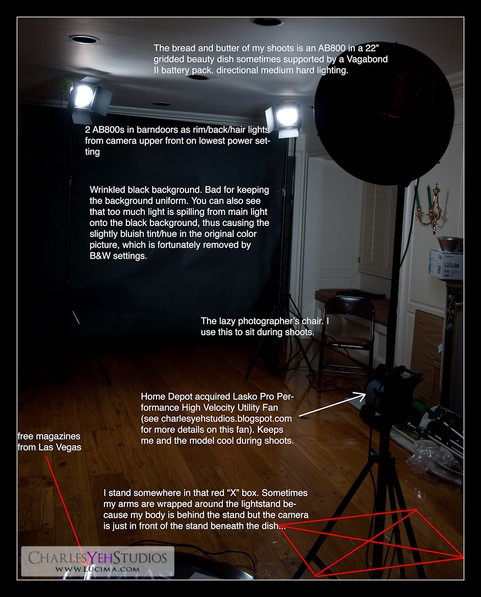
Look at this setup… and the watermark LOL!
So why did I use strobes in 2010? The answer is actually quite simple. I didn’t know what I was doing. I was a rookie photographer who had roots as a Strobist. Basically all I knew was strobes. No one ever taught me how to light naturally. I had no idea how to control the sun other than to overpower it. You know that saying, “When all you have is a hammer everything looks like a nail”? My hammer was the strobe. And the nails were all the photoshoots that I insisted on using strobes when they weren’t necessarily the best tool for the job.
So when I look at VR these days, I remember these early days as a photographer.
I recall vividly one conversation with a friend who argued “360º VR is going to be the answer to everything. Every movie, every concert, everything is going to be in VR! Can you imagine being able to see everything in 360º? It’s going to be amazing!”
I countered, “But when I go to a concert why would I want to see what’s going on behind me?”

Would you rather watch this or the performance on stage?
Source TRT World
The answer to the question “Can you imagine being able to see everything in 360º?” is “Sure I can”. We experience life as human beings in 360º because we can turn and swivel our necks around to see everything around us. But when it comes to focusing on specific events, tasks and experiences, our field-of-view is locked in. Tunnel vision even. We focus on the narrow field-of-view where the action is happening. We do this so we can get the most intense experience and not miss a thing from that experience. The value added from looking around is actually negative and detracts from the experience that is happening right in front of our face. It’s why directors control the narrative of the story by focusing in on the action of the scene. Can you imagine Steven Spielberg’s disappointment if you missed this quintessential scene from E.T. because you were “looking around in 360º”?
ET’s moon cycle voted the most memorable movie scene from 100 years of film
Source Independent.ie
SMH 🤦♂️. Or in this case I believe he would smack his own head. Or maybe smack your head for being an idiot for looking around when you should be paying attention to this legendary masterpiece.
Because like my strobes in the desert, I was missing out on the real opportunity afforded by the beach and detracting from the experience I could have had. I was too focused on using my artificial lights to create a new effect to see that I could have been created a better shot with natural light. Furthermore I burdened the team by walking slower in the summer heat. I also made myself more tired and less capable of performing on the shoot than had I brought less gear. I also had less conversations and built less camaraderie from being out of breath.
Basically I saw another nail so I swung away with the only tool I had, my hammer.
Content is not about technology. Content is about the human experience. This is why you generally won’t remember if you saw a movie in 3D or in 2D or 8K or HD. Or if enough time passes you might not even remember if the experience was a movie, a dream, or maybe even a book. Sure, the human experience can be hacked. Experiences can be more visceral in VR than 2D because the user is immersed in a 360º view and therefore having a more intense experience. Companies are adding 4D with smell and touch to enhance the intensity of the experience. But a bad movie is not made better by using 3D instead of 2D. Content is not about stimulating the senses. Content is about capturing one’s imagination and moving the heart by manipulating your emotions.
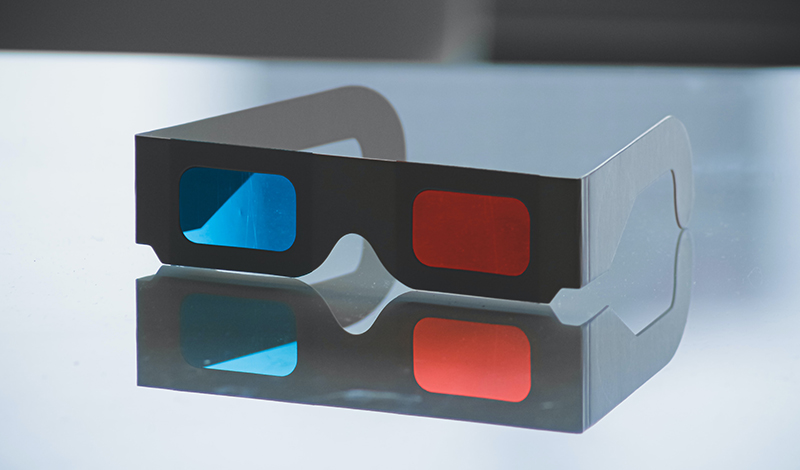
I always hated these things.
Most people don’t grasp this concept. Most people believe better technology is always the answer. But there isn’t a technology in the world that can manipulate your emotions. Instead, what can manipulate emotion isn’t technology at all but rather good old fashion storytelling. It’s why you remember a good story told verbally long after you’ve forgotten that last crappy movie you saw in 3D.
This is the dilemma with the application of VR. The current applications of VR add very marginal value to the original experience, if at all. Sometimes VR actually detracts from the experience when the technology fails to work seamlessly. I remember constantly fumbling with my 8K goggles at a VR demo once because the left eye and the right eye wouldn’t align properly and therefore everything was somewhat blurry. That took me out of the experience I was *supposed to* have. Additionally, the content itself wasn’t captivating. I kept thinking to myself “Why am I watching this? This demo would be a lot better if I were more emotionally invested in this story. But I guess I’m supposed to look around because it’s in 8K…”
*Sigh*
Technology exists to make things easier. Usually that “thing” is a task, a job, an action, etc. It’s supposed to get out or your way so you can achieve and more importantly, experience more. As an example, the best camera is the one that you forget even exists. The camera’s UI and physical controls should be a seamless extension of your mind, body and soul. It should be “thoughtless” and frictionless. You should forget that it’s even there. That is the perfect camera for creating the most organic and spontaneous and human experience because it’s the tool that does not prioritize itself in creation of the images. The priority should be on the experience between the creators (in this case between the model and me) and subsequently the magic (imagery) that we create.
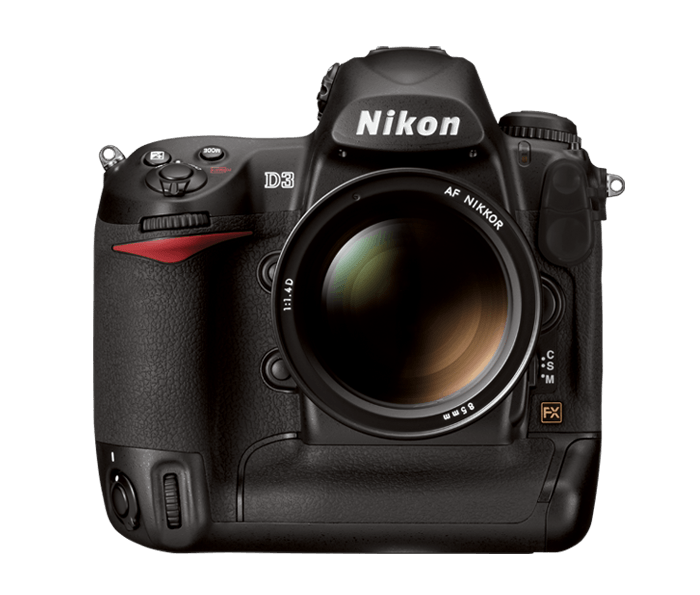
The best UI and tactile experience I’ve ever had with a camera was with the Nikon D3
Source Nikon USA
There’s a place for most if not all technologies. Print (newspaper and magazines) made room for radio which made room for network television which made room for cable television which made room for streaming content. These mediums can co-exist albeit perhaps not peacefully. Similarly, I believe that VR will carve out a space for itself to add real value. We are seeing real traction with VR offering unique gaming experiences with Oculus Quest 2 now that the goggles are untethered (wireless). As investors we hope to invest in startups that implement VR in the ways that add real value to the human experience rather than incremental value that focuses on the technology and the novelty of the gear. Therefore our investment thesis doesn’t focus on the technology but rather the practical application of the technology regardless of whether we’re talking about VR or healthcare. But in order to find the real merit and worth of VR you have to not only understand humanity but also find the niche whereby the application of VR makes the most sense. That’s our core competency.
So as I learned as a photographer, “Never focus on the gear. Always focus on the content.”
As an addendum I present to you an article I wrote regarding gear back in 2012: Solving Problems You Don’t Have
